When you’re ready to make the important transition from self-employed entrepreneur to a full-fledged business owner, it’s crucial that you choose a business structure that serves you and your business goals.
There are four main types of business structures to choose from, including a sole proprietorship, partnership, limited liability company (LLC), and corporation. Each business structure offers its own set of benefits and limitations, but choosing one will allow you to assign a blueprint to your new venture.
Let’s take a look at the particulars involved in choosing a business structure and the responsibilities associated with each option.
Why You Need a Business Structure
There are several reasons why choosing a formal business structure contributes to the success of your business. Generally, business structures provide a framework for tax responsibilities, fundraising, and income and liability implications. On a more basic level, a business structure is required before you register your business with your state to receive a tax ID number and open a business bank account.
When choosing a structure, it’s important to take your intended size, goals, and management into consideration, as these factors can help you determine the required business structure. A good place to start identifying these aspects of your business is through the creation of a formal business plan. Your business plan will lay all of your goals and associated needs out on paper, allowing you to more accurately select the structure that works for your unique business.
Just as your business plan guides your future decisions, your business structure will dictate how your business functions as a whole. You can think of a business structure as a legal framework that you use to model your responsibilities. As such, there are pros and cons associated with each type of structure that you should consider prior to choosing one for your business.
Sole Proprietorship
The first, and simplest, type of business structure is known as a sole proprietorship. This structure allows you to have complete control over your business and is relatively simple to form.
In fact, you’re only obligated to file paperwork with the county if you choose a business name that differs from your own legal name. In this case, you’re required to file a certificate of assumed business name with the county clerk and run an ad in your local paper to announce the formation of your business. While this might take some time and effort, the actions required are still reasonably simple.
If you plan on paying employees as a sole proprietor, you will be required to file additional paperwork to receive a Federal Employer Identification Number (FEIN). This number will be used to file the associated payroll tax returns.
The risks of a sole proprietorship, however, are considerable when it comes to your financial and legal liability. As a sole proprietor, you are legally liable for all financial obligations that your business assumes. This includes debts and any court fees in the case that legal action is taken against your business. Because of this lack of separation between your personal liability and that of your business, financial institutions and formal investors may be of providing funds to businesses structured as sole proprietorships.
Despite the liability implications, a sole proprietorship can be a valid and beneficial choice if your business is just starting out and you’re looking to test the market.
Partnership
If you’re looking to form a business with one or more partners, a partnership is a fairly simple structure to assign. There are two types of partnerships to choose from that assign different levels of liability to the partners involved.
With a limited partnership, one partner assumes the entirety of the liability while the remaining partner or partners have limited liability. This type of structure works best when one partner is willing to take on the majority of the management responsibilities and contribute the most financially. In a limited partnership, income is passed to each partners’ personal tax return, and the partner with unlimited liability is also responsible for paying self-employment taxes.
If one or more partners are uncomfortable with a limited partnership, a limited liability partnership might be more attractive. In a limited liability partnership, each partner assumes limited liability, meaning they are equally protected from the financial and legal obligations that the business incurs.
Regardless of whether you choose to form a limited partnership or a limited liability partnership, it’s beneficial to choose a business name, register with the state, and receive an Employer Identification Number. You’ll also want to create a legally binding partnership agreement that clearly outlines the roles each partner will take in the business along with the liability assigned to each individual.
Limited Liability Company
A limited liability company (LLC) is a popular business structure that provides the business owner or owners with much more legal and financial security. Unlike a sole proprietorship or partnership, your personal assets cannot be seized in the event that your business cannot fulfill its financial responsibilities.
In addition to these protections, it’s also relatively easy to achieve tax compliance, as your business income is reported on your personal tax returns. That means neither you or your business is required to pay corporate taxes. You are, however, required to pay self-employment tax contributions for Medicare and Social Security.
The paperwork required to form an LLC is slightly more complicated than that of the previous business structures we’ve discussed thus far. When forming your LLC, you’ll need to appoint what is known as a registered agent. This individual will be responsible for taking care of all legal and financial communications, including lawsuits, on behalf of the LLC.
You’ll also be required to file Articles or Organization, which includes all pertinent business information, including the address, the purpose of the business, and the names and addresses of those forming the LLC.
In addition to the paperwork requirements, you’ll need to ensure you remain tax compliant by attaining an EIN, any necessary business licenses, and registration with the Illinois Department of Revenue (IDOR). You’ll also be responsible for filing annual reports with the Secretary of State.
While forming an LLC is more involved than a partnership or sole proprietorship, it’s the ideal business structure for businesses that carry a higher risk but are not yet ready to pay the higher tax rate of a corporation.
Corporation
If you want to completely separate your business from yourself and any partners, a corporation is the perfect business structure. Corporations are considered to be their own legal entity by the IRS, which means they carry their own tax rates and are legally liable in all cases.
Understandably, forming a corporation is significantly more complicated than other business structures. There are higher associated costs and extensive documentation required to both form and maintain a corporation. The tax obligations are also much more complicated to comply with and require meticulous recordkeeping.
There are two types of corporations to consider. A C corp is what we’ve been discussing thus far and is ideal for businesses that wish to sell stock in order to raise funds and are comfortable with meeting high-income and high-risk demands. An S corp is a corporation that is able to avoid some of the tax obligations incurred by C corps, making them a more approachable business structure.
Specifically, S corps are designed to avoid the taxation that occurs when a C corp incurs a profit and again when the corporation pays dividends to shareholders. S corps also allow profits to flow through to an owner’s personal income, thereby avoiding corporate tax rates. To ensure corporations refrain from abusing these allowances, there are strict rules S corps must adhere to regarding size.
Both S corps and C corps must file with the state and federal governments and meet strict requirements, including creating articles of incorporation, appointing a registered agent, creating a corporate records book, drafting corporate bylaws, appointing directors, holding regular board meetings, and issuing stock. As with LLC’s, annual reports must be filed and all tax obligations must be met on time.
Final Thoughts
When choosing how to structure your business, it’s important to ensure that your needs are met and that you’re new business is protected from liability. Once you assign a business structure to your organization, make sure you familiarize yourself with your tax responsibilities, as well as your income and liability implications.
It’s also important to reach out to a professional if you feel you need extra assistance or guidance. A financial professional can help you and your business fulfill your obligations and remain compliant. Your attorney can help you navigate the legal implications of any choice. These two advisors can also help you with general consulting matters, provide you with financial statements, and assist in filing your returns.
Choosing a business structure is an important first step in growing your business. Make sure whatever structure you decide to form will help establish future success and protect your assets in the process.

